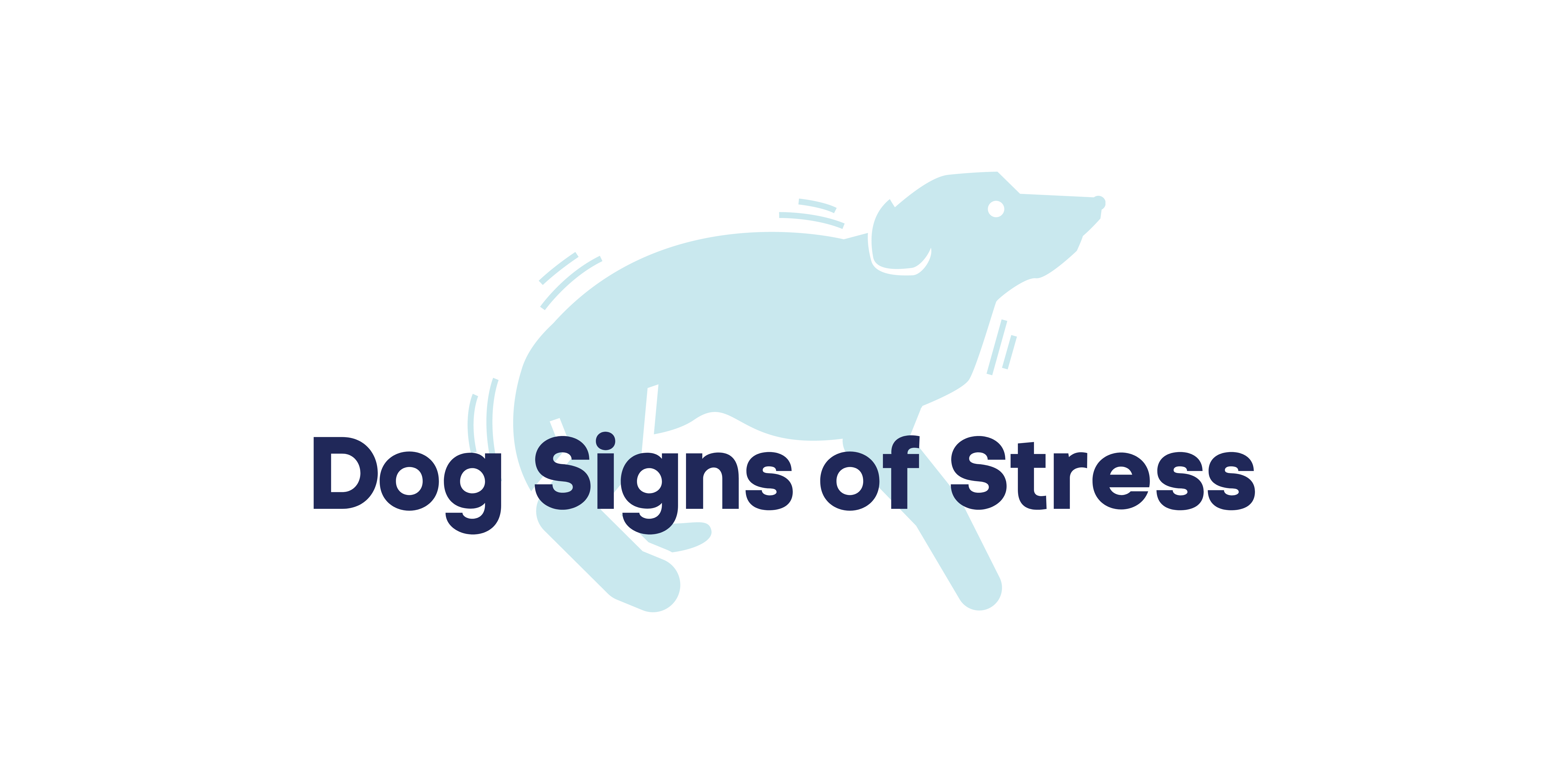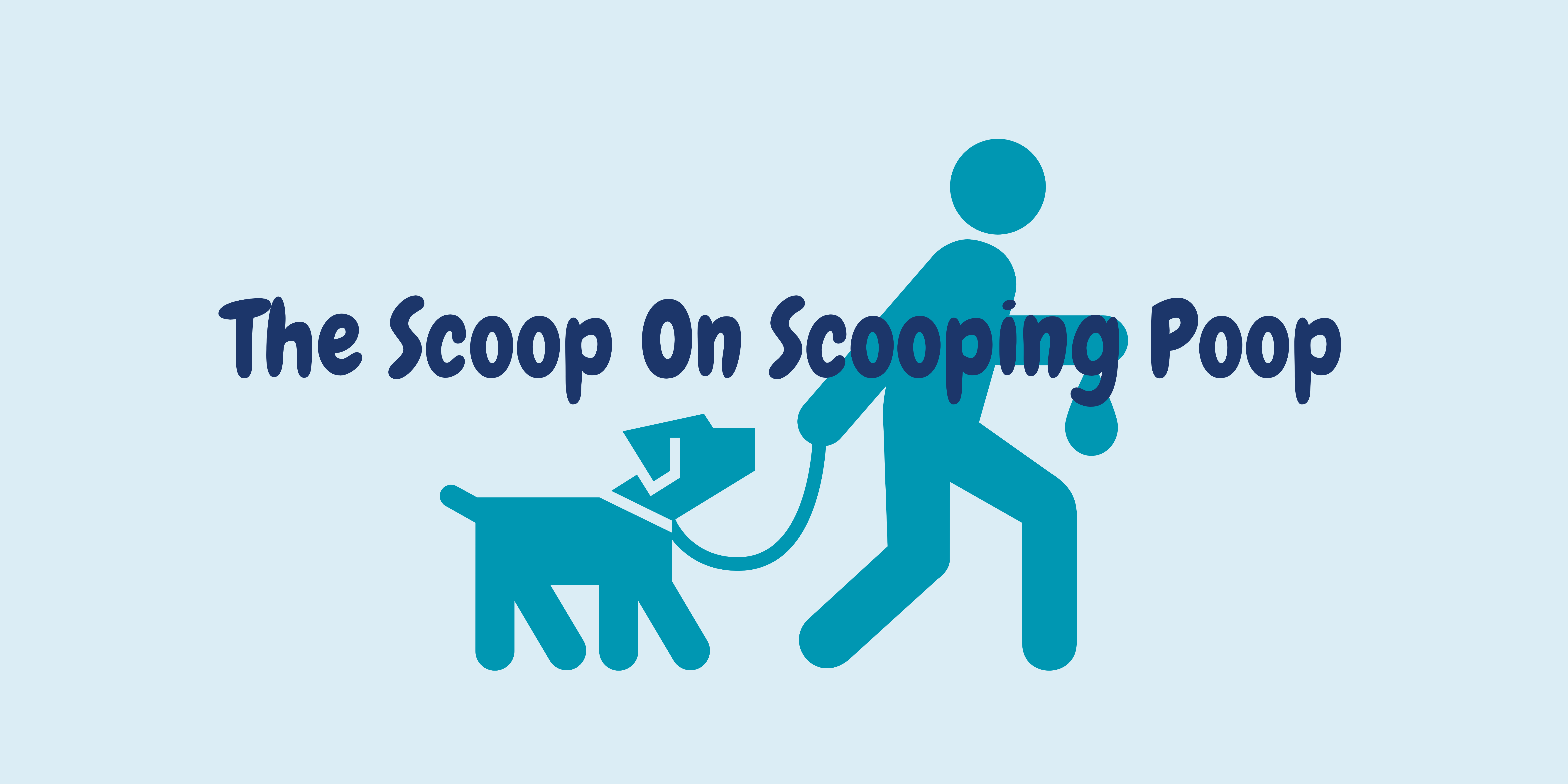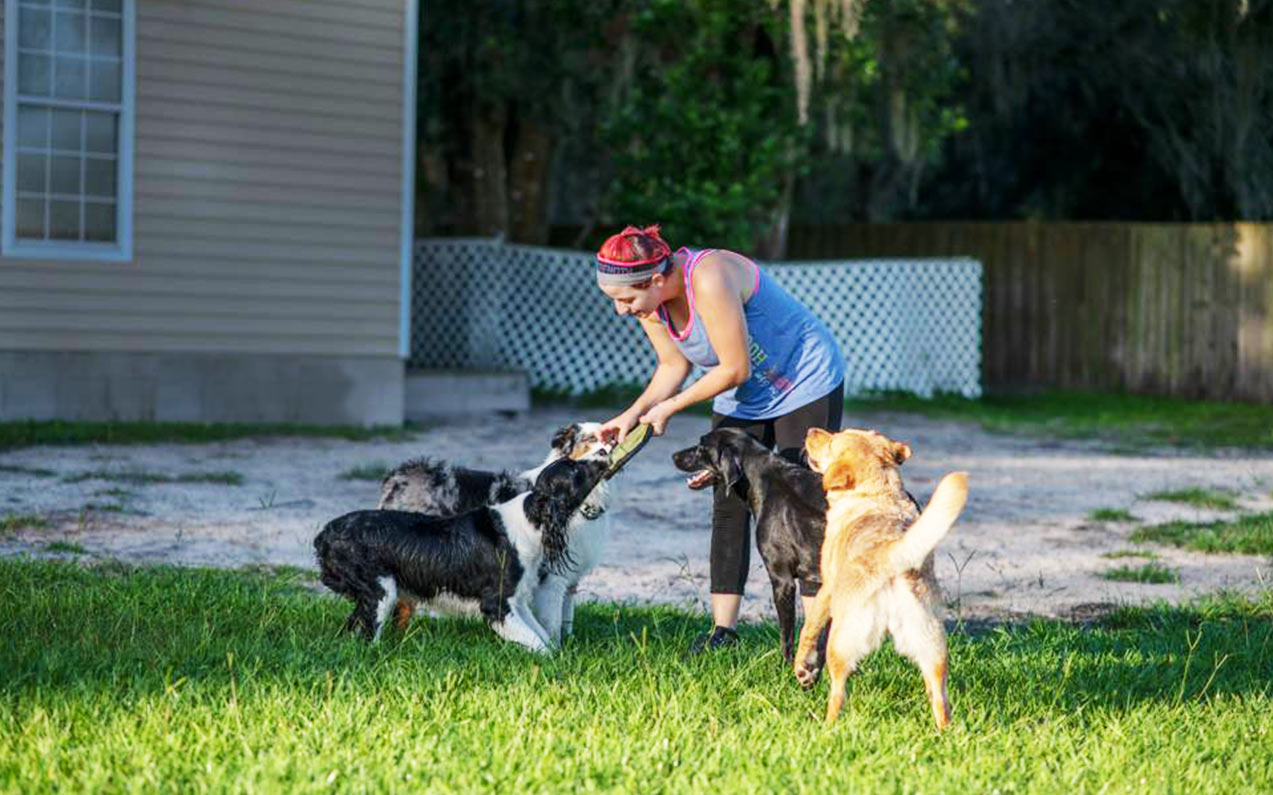Find out what it takes to care for your pets responsibly while they are traveling in your vehicle. By Annie DeChance and Brenna Fender
Part of being a responsible pet is making sure your pet is safe when you drive him around town, to agility trials, or while on vacation. Providing a safe environment for your pet in your automobile means that, not only is your pet safe in case of an accident, you are safe from having an accident caused by your pet!
Securing Your Dog
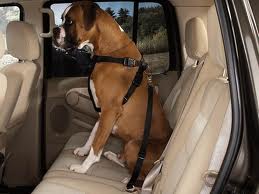
- Hard plastic or metal crates secured to the frame of your vehicle are common, safe ways to travel with your pet. Fabric crates keep your dog from interfering with your driving but do not provide much protection in an accident.
- Specially made canine seat belts can also provide safety when traveling.
Research restraint options. All crates and seat belts are not created equal. How you secure your pets while traveling is a personal choice and should be taken seriously for everyone’s safety.
Securing Your Stuff
Tents, chairs, spare crates, training bags, and other items can all become dangerous projectiles if an accident occurs. Strap them down or pack them in stow away areas within the vehicle.
In Case of Emergency
If you have an accident or other emergency, being prepared will increase the chances that you and your pet will escape serious injury and will help your pet remain safe even if you are incapacitated.
- Have a pet first aid kit on board so that you can treat your pets for minor injuries or reduce damage en route to the veterinary hospital.
- Have extra leashes, food, water, bowls, towels, blankets, and so on in your car “just in case.”
- Keep an envelope in your car with emergency contact information for both you and your pet. Include a recent photo of each pet so they can be identified easily.
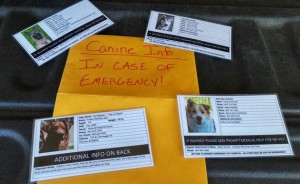
One great way to organize all the “In Case of Emergency” info you need to share.
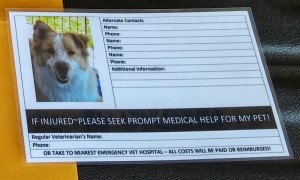
Here’s a close-up of a nearly blank card.
Need a template to make your own emergency cards? (Email bfender@usdaa.com to request a Word copy.)* Print out copies, write in your info, and laminate them!
Other Tips
There are other documented risks to animal safety, with the potential for injury or death.
- Keep your pet’s head inside your vehicle when it is moving.
- Never allow an animal to ride loose in the open bed of a pick-up truck.
- Take great care when leaving your pet in a parked car. Under many conditions, a car can become too hot and can kill an animal in a short period of time.
Responsible pet s do their best to make sure their pets are as safe on the road as they are at home!
Annie DeChance has been traveling and competing with a variety of dogs for nearly 20 years and is USDAA’s Communications Director. Brenna Fender is the editor for USDAA’s newsletter, the Overview, and USDAA’s news page (among other things). She can be reached at bfender@usdaa.com.
“This article was first posted on USDAA.com and has been shared with permission” at the beginning or end of the article. Thank you!
*Special thanks to Deborah Davidson Harpur for sharing the first version of these emergency cards!

